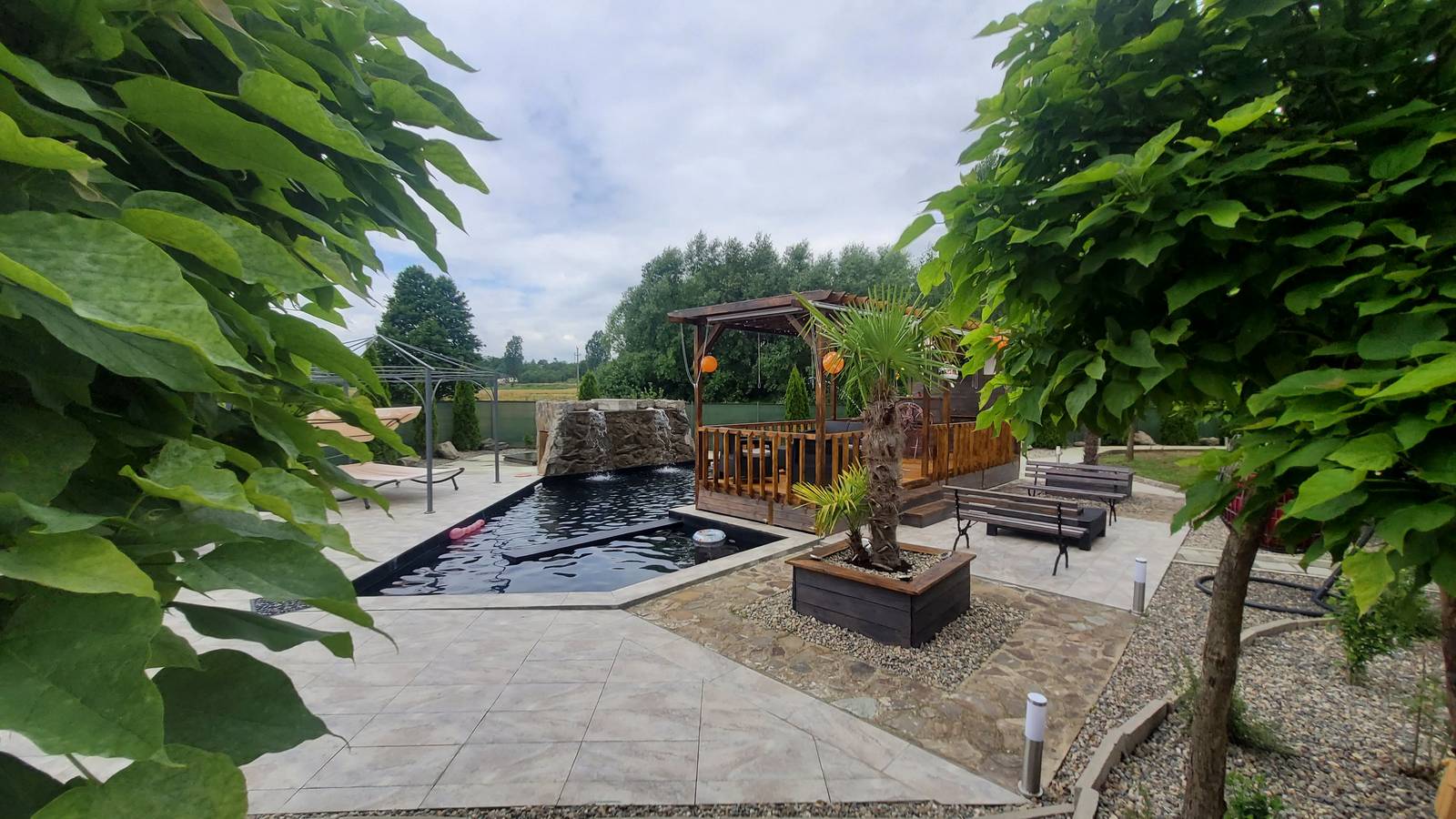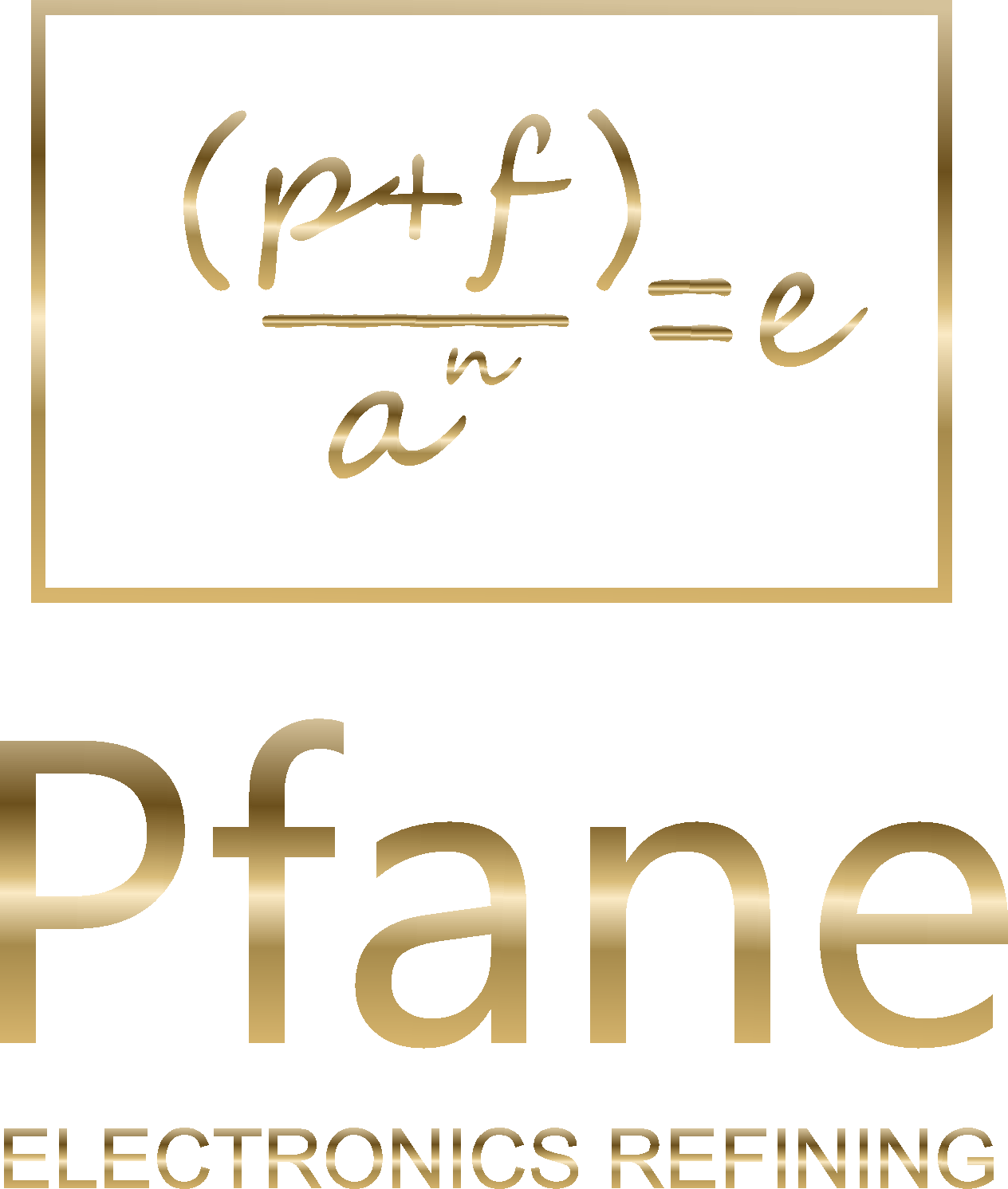
The mining of concrete materials contributes to 21% of the worlds total green house gas emissions. Sand, as a natural resource is also becoming harder to find and more costly to make.
Pfane uses no sand in the production of it's concrete, instead we use concentrated amounts for non-metalic fibers left over from the recycling of circuitboard waste.
Sand is a precious commodity, it has many uses in our ecosystem, but is being mined, raked and stolen at an alarming rate to support a never ending growth of construction. Concrete is one of the most commonly used materials in commercial construction. Before you price your next project using sand and stone cement, let us at least show you how you can have a superior product for 2/3rds the price while saving the earth.
GET IN TOUCHThe differences and similarities of PfiCrete Products vs. Traditional Concrete.

PfiCrete:
3 days in water shows an average of 23.8% absorption on various samples
Standard Concrete:
3 days in water shows >54% absorption on various samples.
Study source.

PfiCrete:
@6cm thickness
22045.74 psi
Fiberglass Reinforced Concrete:
@20cm thickness
5076.32 psi
Study source.

PfiCrete:
@6cm thickness
1.5 T(mPa)
Standard Concrete:
@20cm thickness
1.8 T(mPa)
Study source.

PfiCrete:
0.062cm3 loss from 50cm2
Standard Concrete:
15cm3 loss from 50cm2 material was reported
Study source.

PfiCrete:
6cm thickness @1400 degrees centigrade causes mild surface damage.
Standard Concrete:
6cm thickness@1400 degrees centigrade causes brick to shatter.

Studies show a mass loss per unit of 0.6L (kg / m2) in both materials
